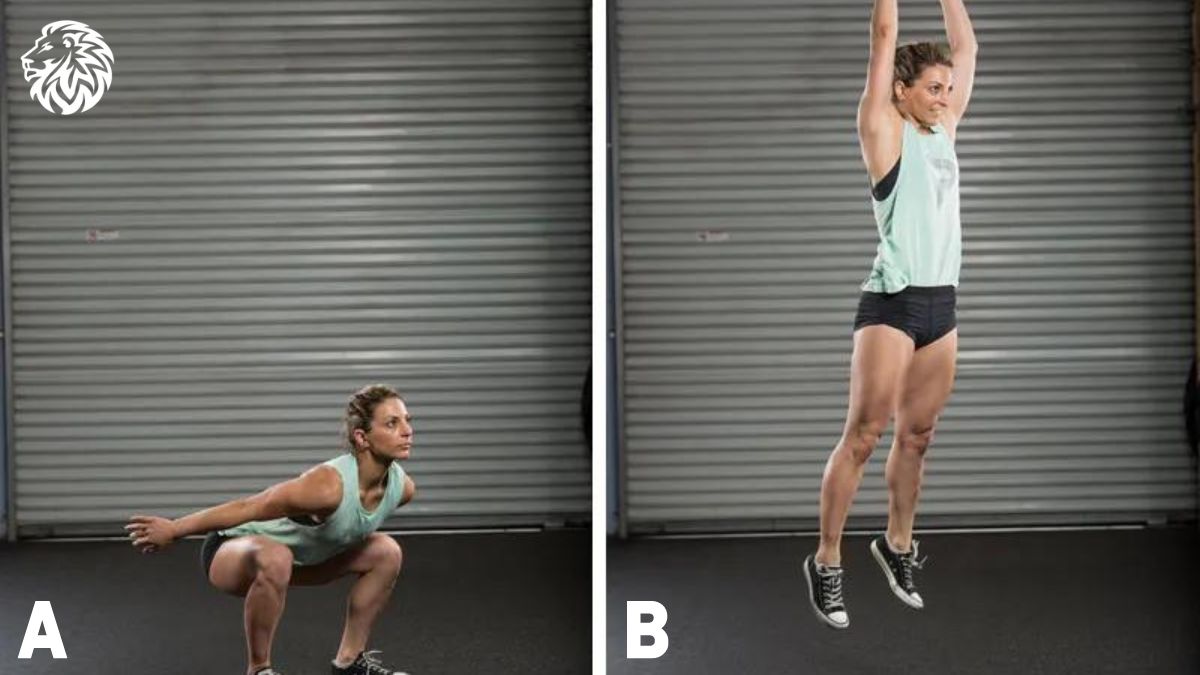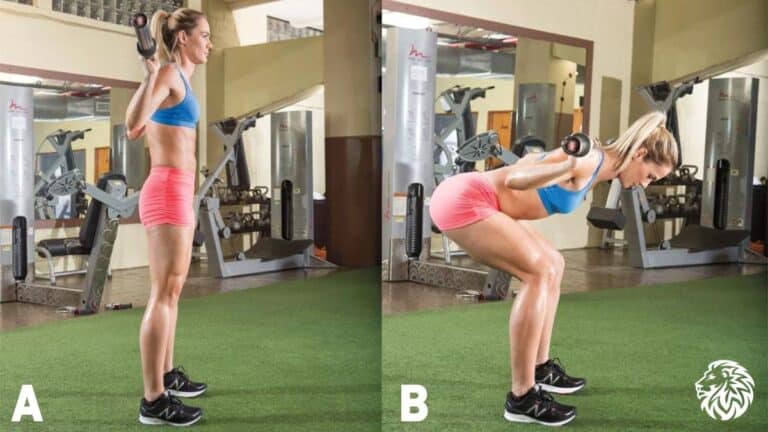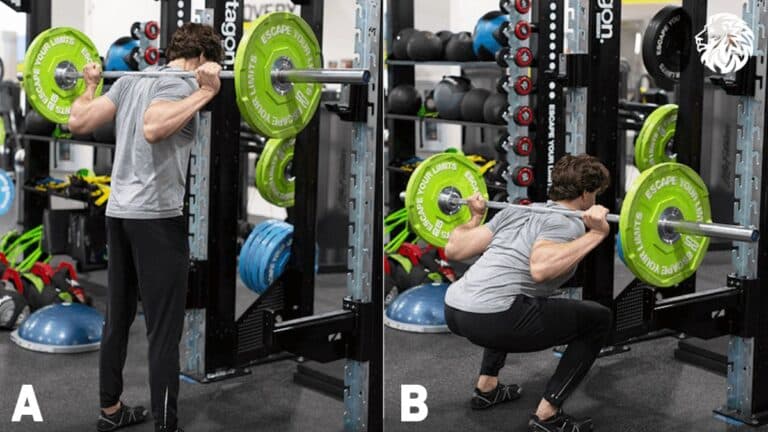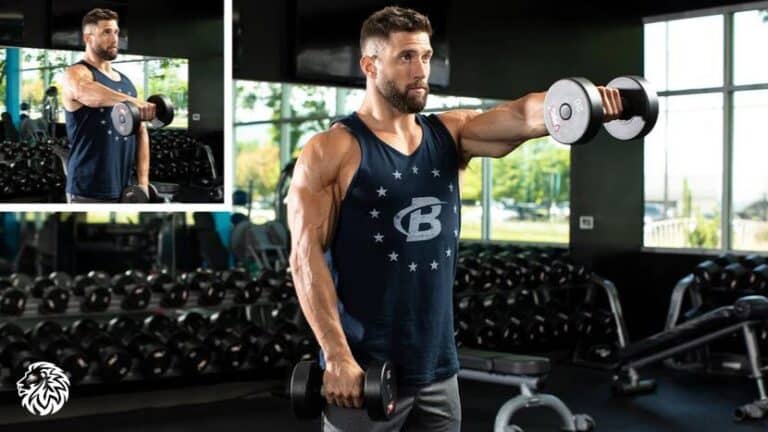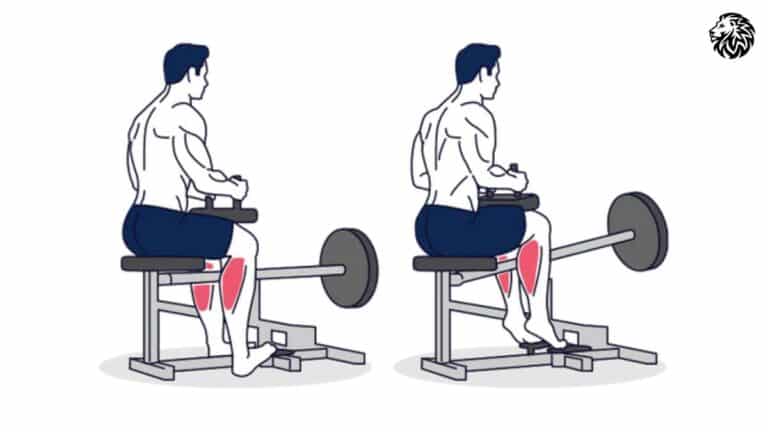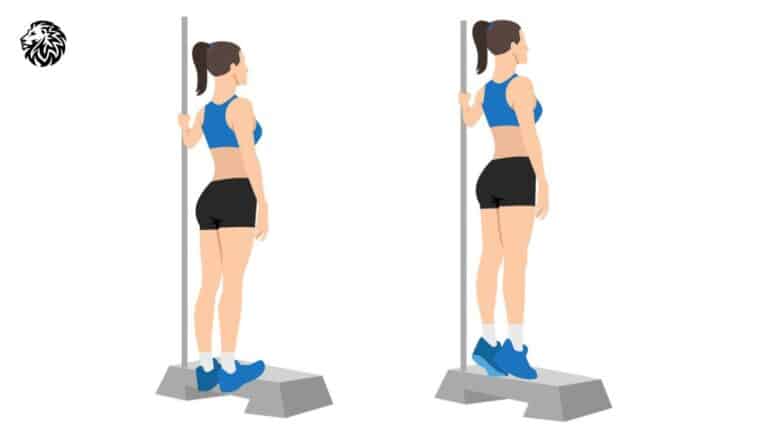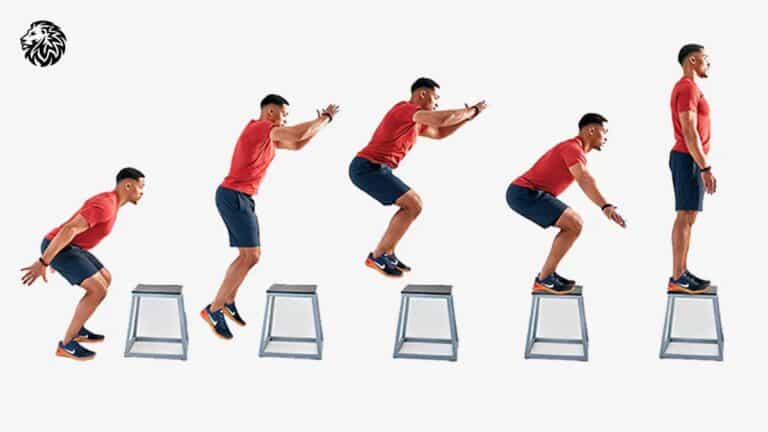Jump squats are a powerful lower-body exercise that enhances strength, endurance, and explosive power. This movement combines a traditional squat with a jump to engage multiple muscle groups while improving cardiovascular fitness. Whether you are an athlete or just looking to improve your workout routine, adding jump squats can help build muscle, burn calories, and boost overall agility.
Exercise Instructions
Performing jump squats correctly maximizes their benefits and reduces injury risk. Follow these steps to execute them with proper form:
- Start Position – Stand with feet shoulder-width apart, keeping your chest up and core engaged.
- Lower Into a Squat – Push your hips back and bend your knees, lowering into a squat position. Keep your thighs parallel to the ground while maintaining a straight back.
- Explosive Jump – Push through your heels and jump upward as high as possible. Swing your arms for momentum and keep your body aligned.
- Controlled Landing – Land softly on the balls of your feet, immediately lowering back into a squat to begin the next repetition.
- Repeat – Continue the movement for the desired number of repetitions while maintaining proper form.
Muscles Targeted
Jump squats work multiple muscle groups in the lower body and core, making them an effective exercise for strength and endurance. The primary muscles activated include:
- Quadriceps – Provide power for jumping and landing.
- Hamstrings – Assist in knee flexion and hip extension.
- Glutes – Engage to propel upward movement.
- Calves – Help with explosive takeoff and landing control.
- Core Muscles – Aid in balance and stability throughout the movement.
Why Jump Squats Are Important
Jump squats offer several benefits beyond building lower-body strength. They increase cardiovascular endurance, improve agility, and enhance athletic performance. This exercise also burns a significant number of calories due to its high-intensity nature, making it effective for fat loss. Additionally, jump squats help strengthen fast-twitch muscle fibers, which are essential for explosive movements in sports and daily activities.
Jump squats contribute to better overall functional fitness by improving coordination, balance, and neuromuscular efficiency. They engage the core and stabilizing muscles, which can help prevent injuries by reinforcing proper movement patterns. The dynamic nature of the exercise also enhances flexibility and mobility in the hips, knees, and ankles, reducing stiffness and improving overall movement quality.
For athletes, jump squats are especially beneficial as they improve power generation, leading to better sprinting speed, jumping ability, and quick directional changes. Even for non-athletes, this exercise helps with daily activities such as climbing stairs, lifting objects, and maintaining strong posture. Since jump squats require no equipment, they are a convenient and effective way to build lower-body strength and endurance anywhere, whether at the gym, home, or outdoors.
Tips and Things to Avoid
To get the most out of jump squats, follow these key tips and avoid common mistakes:
Tips:
- Engage your core to maintain stability.
- Land softly to reduce impact on joints.
- Use your arms to generate upward momentum.
- Keep a controlled pace to maintain proper form.
Common Mistakes to Avoid:
- Allowing knees to cave inward during the squat.
- Landing with stiff legs, which can cause injury.
- Not squatting deep enough to fully activate muscles.
- Relying only on the balls of your feet instead of using the full foot.
Reps and Sets
The number of reps and sets will depend on your fitness level and goals. Below is a general guide:
| Fitness Level | Sets | Reps per Set | Rest Between Sets |
|---|---|---|---|
| Beginner | 2-3 | 10-12 | 30-45 seconds |
| Intermediate | 3-4 | 12-15 | 30 seconds |
| Advanced | 4-5 | 15-20 | 20-30 seconds |
Other Exercises to Use
Jump squats can be paired with other exercises to create a well-rounded workout routine. Consider incorporating:
- Lunges – Enhance leg strength and balance.
- Box Jumps – Improve explosive power and coordination.
- Bulgarian Split Squats – Target unilateral strength for better muscle balance.
- Burpees – Combine cardio and strength for a full-body workout.
- Deadlifts – Strengthen the posterior chain and improve overall power.
Final Thoughts: Jump Squats
Jump squats are a versatile and effective exercise that should be a part of any strength and conditioning routine. They provide both muscular and cardiovascular benefits while improving overall athletic performance. By maintaining proper form, following recommended reps and sets, and incorporating complementary exercises, you can maximize the effectiveness of jump squats in your workouts.
Frequently Asked Questions about Jump Squats
Are jump squats good for weight loss?
Yes, jump squats burn a high number of calories due to their intensity, making them great for fat loss.
Can beginners do jump squats?
Yes, beginners can start with a lower number of reps and focus on proper form before increasing intensity.
How often should I do jump squats?
For best results, include jump squats in your routine 2-3 times per week, allowing time for recovery.
What should I do if I feel knee pain during jump squats?
Reduce depth, land softly, and ensure proper form. If pain persists, consult a fitness professional or doctor.
Can I add weights to jump squats?
Yes, adding a weighted vest or dumbbells increases resistance and intensifies the workout.
